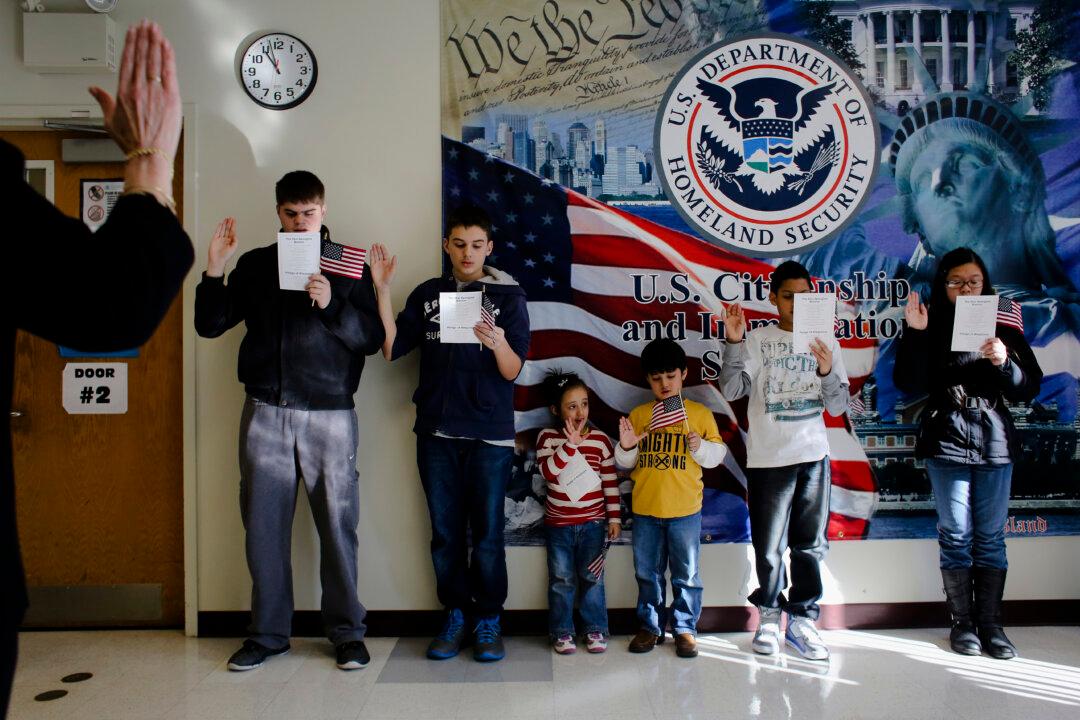At least one-third of adults assessed for substance use at treatment centers in 2019 reported severe psychiatric problems, reveals the U.S. Centers for Disease Control and Prevention’s (CDC) most recent Morbidity and Mortality weekly report, published on June 10.
According to the report, in 2019, 65.8 million adults reported engaging in binge drinking and 35.8 million reported using illicit drugs or misusing prescription pain relievers, based on data collected during a period of 30 days. The report looked at data from 49,138 individuals in 339 treatment centers across 37 states. More than 35 percent of respondents suffered psychiatric issues, 25 percent had problems with employment, and 22.8 percent had family issues.






